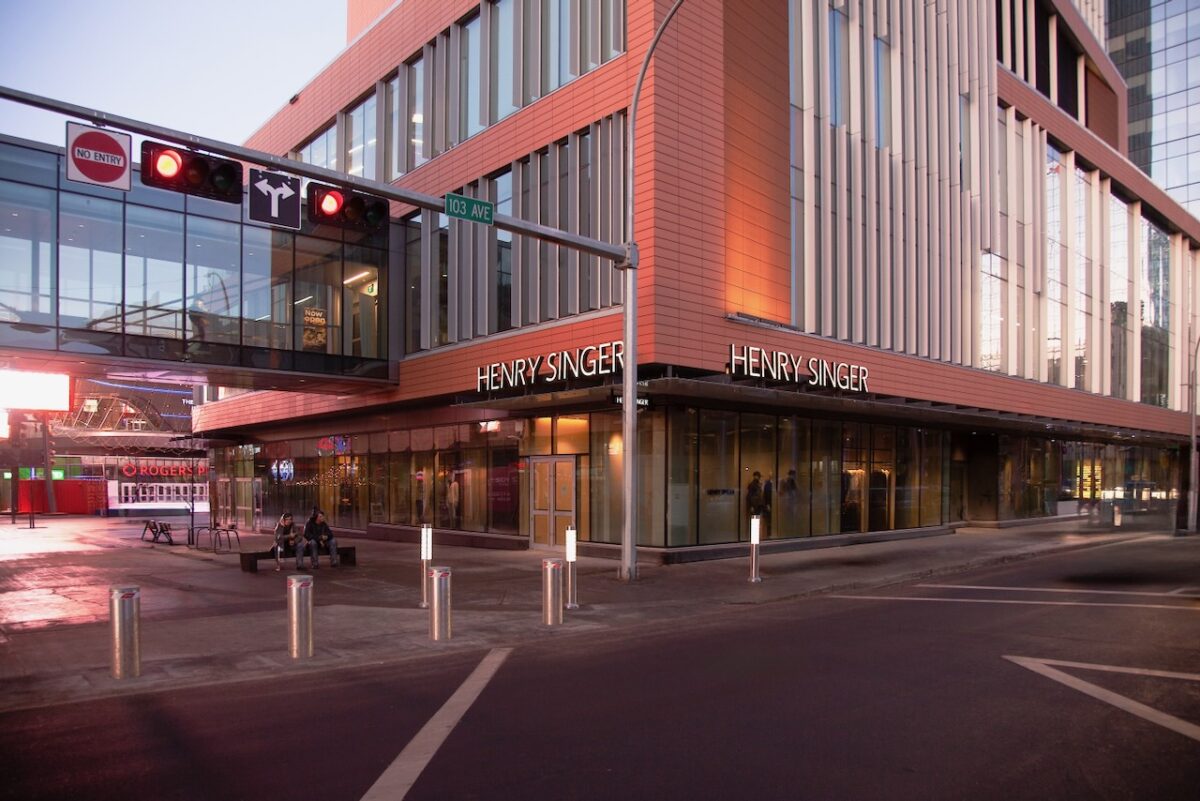There is increased demand for retail space in Edmonton amid slowing retail sales, according to the latest Edmonton Retail Insight Spring 2024 report by commercial real estate firm JLL.
The Edmonton retail leasing market is experiencing increased net absorption and consistent leasing volumes and major international retailers, particularly in the athletic, fashion, and luxury sectors, are actively expanding their presence in the market, it said, adding that Edmonton’s consumer spending remains robust, suggesting that growth is still expected in the retail sector this year.
“Leasing activity in Edmonton’s retail market has increased. Demand for retail space is surpassing supply, creating an increase in net absorption and a decrease in availability,” said JLL.
“Major international sportswear, fashion, and luxury brands such as Nike, Uniqlo, and Moncler have expanded in the market. Additionally, Hudson’s Bay has been opening Zellers pop-up stores within select shopping centres, and Rona has converted some Lowe’s locations to the new Rona+ banner.
“Rental growth has slowed. However, inflation and property taxes are anticipated to trigger higher rental charges when landlords shift these expenses onto tenants. Construction activity is currently low, with Ever Square the only major development expected for completion this year.

Most leasing activity is based on general retailing, neighbourhood centres, and malls. New retail concepts continue to be introduced at West Edmonton Mall and Southgate Centre, especially within the apparel and accessories category.
“In conclusion, the Edmonton retail leasing market is experiencing high demand and this trend is set to continue, reducing availability.”
JLL said the retail market in Edmonton remains attractive for expanding national and international retailers. Despite the softer outlook, rapid population growth, a positive outlook for the oil industry, and the presence of high-paying government jobs sustain local retail growth, it said.
“Although Edmonton’s retail sales growth is slowing, there are still prospects for growth in the current year. Edmonton residents have been placing a higher importance on food services, shoes, groceries, and cannabis, rather than on home improvement,” explained the report.

“Despite a weaker economic forecast, Edmonton is in a strong position to withstand a potential decrease in the national economy. The provincial government, ongoing activity in the oil and gas industry, and a rapidly growing population are all expected to continue supporting the local economy.
“In 2023, restaurants offering both full service and limited service have outperformed retail goods, and this trend is anticipated to continue with a slower growth rate in the single digits.”
Increased pedestrian traffic, a change in safety perception, and more funding over the past year are all positive signs that downtown Edmonton is on the road to normalcy. However, Edmonton still lags other major Canadian cities in terms of transit ridership, added JLL.


“Downtown is becoming lively again due to the return of workers, the revival of events and activities, and investments from partners and government agencies. The city’s collaboration with higher levels of government to increase safety and police presence has improved,” said the report.
“Hosting prestigious events such as the Juno Awards continues to boost Edmonton’s economy, image, and reputation. According to Expedia, Edmonton is a top destination for concert and live-performance enthusiasts.
“With air-passenger traffic at more than 90 per cent of pre-pandemic levels, Edmonton’s tourism industry continues to recover, keeping its momentum.”
Ron Odagaki, Associate Vice President, Retail at JLL, said the vacancy rate in Edmonton is a little higher than Calgary because it has more supply but it’s still healthy.

“The demand for space still is quite strong even if it has weakened a little bit. The lack of supply still keeps rental rates stable. The one difference to Calgary is that Calgary’s downtown is a lot stronger in terms of recovery and therefore as Edmonton tries to revitalize the downtown I still think Calgary is ahead in terms of that pace of return to the office and a revitalization of the downtown core for longer hours, evenings, weekends, entertainment,” he said.
Odagaki said there are more employees in the downtown core in Calgary compared to Edmonton.
“There are a few more headwinds that I think Edmonton will have to experience but we’re hoping that it continues to recover over time,” he said.
There are similar trends to the Calgary market.

But Edmonton’s downtown is showing some positive signs of recovery with the popular ICE District and the recent opening of the new flagship store in the area for Henry Singer.
“There are some signs of recovery. It is happening. Calgary is just a little bit further ahead,” added Odagaki.
“On the consumer side of things, I hear consumers are trying to stretch their dollar but the point being the dollar is still being spent and I think that’s indicative of the consumer spending data that we’re seeing.
“The mall world in Edmonton, you’re seeing some activity and leasing activity in the major enclosed malls as well which I think is a good sign.”












